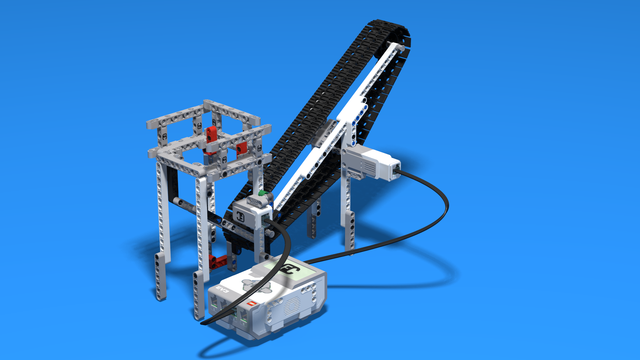

EV3 Phi. Teacher's Note about the motors with which to impress the students
Sometimes a good teacher needs a few tricks in his sleeve, so that he can surprise and entertain his students.
- #375
- 04 Feb 2017


Sometimes a good teacher needs a few tricks in his sleeve, so that he can surprise and entertain his students.


In this robotics tutorial, we give a few notes for the teacher about adding an axle to the front of the FTC robot and attaching a plastic plate to this axle to make the robot collect balls.


Note for the teacher on making the construction more stable, more durable and using beams for this.


This is a teacher's note about the math behind calculating gear ratios with for our lifting attachment. It math model we build in previous tutorials is not exactly correct and here is the explanation why.


What should you as a teacher know when the students are trying to achieve a program and robot attachment that could reproduce their behaviour 9 out of 10 times.


How should an instructor use this course when working with students and a group of students in school


Present the details


What should you do as a teacher when the students are calculating the gear ratios and number of needed rotations?

These are buliding instructions for the FTC robot and collecting attachments with it. We are doing small modifications of the push bot.


Note for the teacher on how to organize the class to use different robot base constructions to accomplish the mission for lifting.

Whitiki comes from Maori and means Belt.
The robot uses a medium motor to run the belt and a color sensor to identify the color of the ball coming in. There are 56 chain pieces in the robot.


Third wheel experiments, changes in the robot, students could choose the task all by themselves. Make sure you have a lot of fun and students complete their tasks. Here is what you should know when conducting this class.


The goal of this lesson is to introduce students to the setting for measuring the reflected light of the color sensor and to recall how to follow a line.